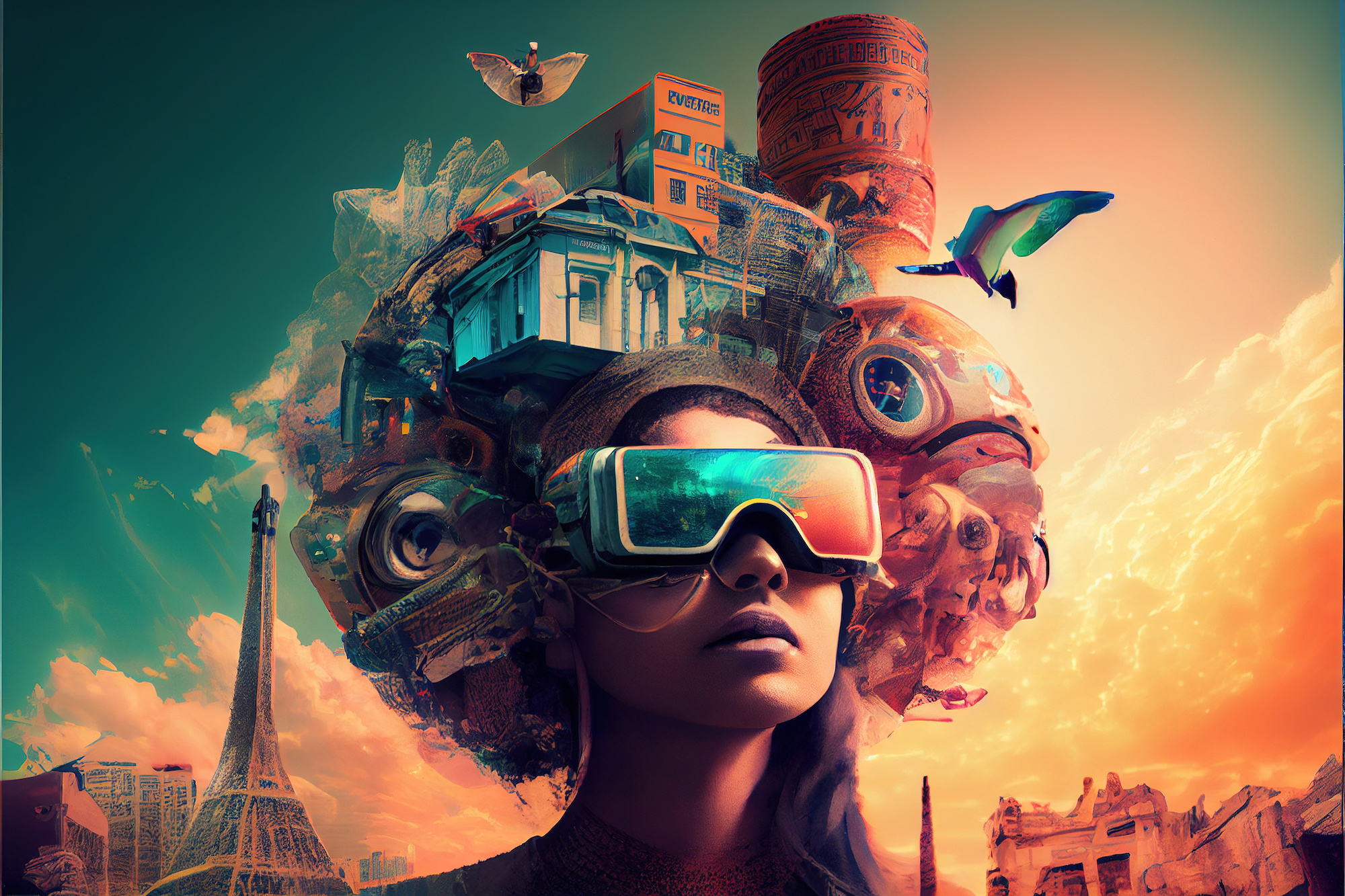
Immersive Realism: Exploring the World of 3D Pictures
In the realm of visual expression, 3D pictures emerge as captivating windows into immersive and lifelike experiences. The transition from two-dimensional imagery to the depth and realism of three-dimensional visuals has revolutionized the way we perceive and engage with digital content. Let's delve into the fascinating world of 3D pictures, where technology and creativity converge to bring depth and dimension to visual storytelling.
**1. Depth Beyond the Surface:3D pictures transcend the flat confines of traditional images, introducing an additional dimension that mimics the depth we perceive in the real world. This added dimensionality creates a more immersive and engaging visual experience, allowing viewers to explore scenes with a sense of depth and perspective.
**2. Creating Depth Through Stereoscopy:Stereoscopy is a technique commonly employed in 3D imaging to simulate the way human vision perceives depth. By presenting slightly different perspectives to each eye, stereoscopic 3D pictures create the illusion of depth, enhancing the overall visual impact.
**3. Virtual Reality (VR) and 3D Visualization:3D pictures play a pivotal role in the realm of virtual reality. VR applications leverage 3D visuals to transport users into simulated environments, providing an incredibly realistic and interactive experience. Whether exploring virtual landscapes or engaging in immersive gaming, 3D pictures are central to the VR experience.
**4. 3D Photography and Cinematography:The field of 3D photography and cinematography captures moments with an added layer of depth. Stereoscopic cameras or specialized equipment are used to capture images or footage that, when viewed with the appropriate technology, create a three-dimensional effect, enhancing the storytelling potential of visual media.
**5. Autostereograms and Magic Eye Illusions:Autostereograms, popularized by the Magic Eye book series, offer a unique form of 3D visual illusion. These images, seemingly random patterns at first glance, reveal hidden three-dimensional shapes when viewed with a certain gaze technique. This playful approach adds an element of discovery to 3D visuals.
**6. 3D Printing and Physical Manifestations:3D pictures extend beyond the digital realm through the advent of 3D printing. Artists and creators can transform digital 3D models into physical objects, bringing virtual designs into tangible existence. This convergence of virtual and physical realms opens avenues for innovation in fields like art, design, and manufacturing.
**7. Augmented Reality (AR) Enhancements:Augmented Reality seamlessly blends digital content with the real world. 3D pictures, when integrated into AR applications, enhance the overlay of virtual objects onto the user's physical surroundings, creating a harmonious fusion of reality and computer-generated imagery.
**8. Educational and Scientific Applications:3D pictures are valuable tools in education and scientific visualization. From anatomical models that provide a detailed view of the human body to geological simulations that illustrate complex formations, 3D visuals enhance understanding and facilitate immersive learning experiences.
**9. Artistic Expression and Visual Impact:Artists leverage 3D pictures as a form of expressive and impactful visual communication. Whether creating digital sculptures, architectural renderings, or animated artworks, the three-dimensional canvas provides artists with new dimensions for creativity and expression.
**10. Evolution and Future Innovations:The world of 3D pictures continues to evolve with ongoing technological advancements. From advancements in rendering techniques to the integration of AI in 3D design, the future promises even more realistic, interactive, and visually stunning experiences through three-dimensional visuals.
Conclusion:In the tapestry of visual storytelling, 3D pictures stand as a testament to the boundless possibilities that technology unlocks. The ability to add depth and realism to images not only transforms the way we perceive digital content but also opens new frontiers for creativity, education, and immersive experiences. As we navigate the evolving landscape of 3D visuals, the fusion of technology and artistic expression continues to redefine the boundaries of what is possible in the world of visual communication.
